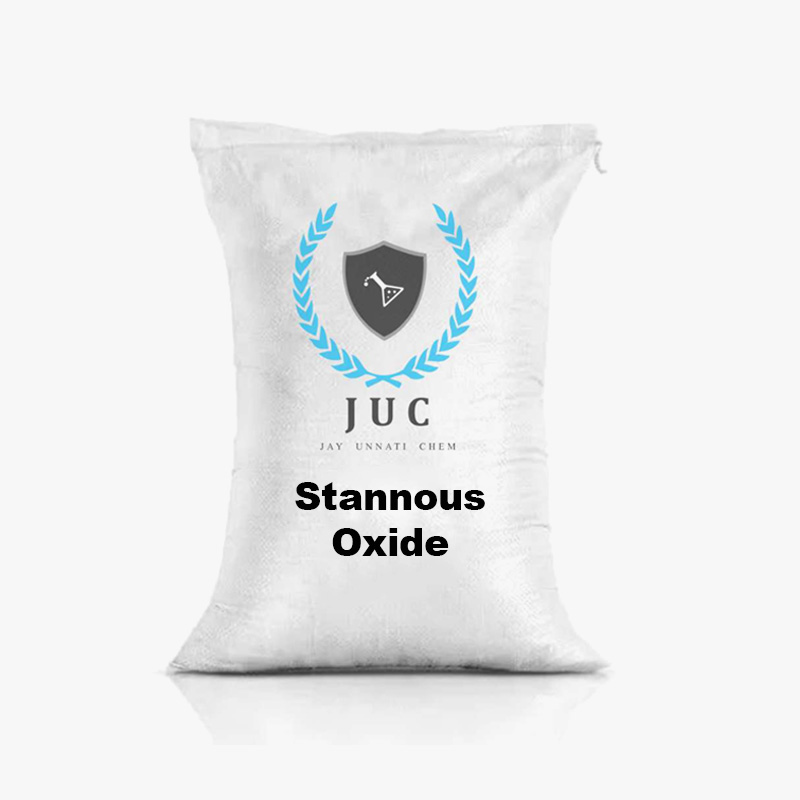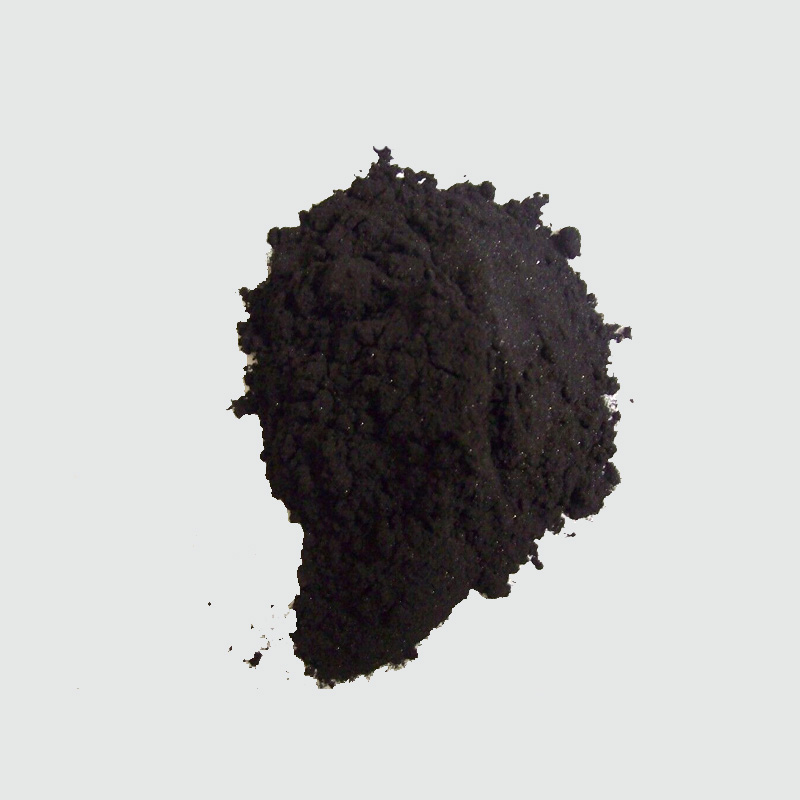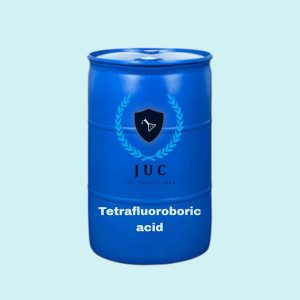Stannous oxide, also known as tin(II) oxide or SnO, is an inorganic compound with notable significance in industrial and chemical applications. It is a stable, amphoteric oxide of tin, existing primarily in the form of a gray or black powder. As a tin compound, it has a +2 oxidation state, distinguishing it from stannic oxide (SnO₂), where tin exhibits a +4 oxidation state. Chemical and Physical Properties Stannous oxide has a molecular weight of approximately 134.71 g/mol and is moderately soluble in acids, forming tin salts. It has a melting point of around 1080°C and can exist in two distinct polymorphic forms: tetragonal and orthorhombic structures. Its amphoteric nature allows it to react with both acids and bases, making it a versatile component in various reactions. SnO is slightly hygroscopic, and exposure to air may cause oxidation to SnO₂, particularly in moist conditions. Synthesis The synthesis of stannous oxide is often achieved through the controlled reduction of stannic oxide or by heating tin metal in a limited oxygen environment. High-purity SnO can be prepared via chemical vapor deposition techniques for specific industrial uses. Applications Glass Industry: Stannous oxide plays a vital role as a raw material in the glass industry. It is used in glass coatings to enhance thermal and optical properties, particularly in low-emissivity and reflective glasses. Ceramics: In ceramics, SnO acts as a colorant and opacifier, contributing to the aesthetic and functional properties of glazes. Electroplating: Stannous oxide serves as a precursor in the production of stannous chloride (SnCl₂), widely used in electroplating to deposit tin coatings on various substrates for corrosion resistance. Catalysis: Its amphoteric nature makes SnO valuable as a catalyst in organic reactions, including reductions and coupling reactions. Environmental and Safety Considerations Stannous oxide is generally regarded as non-toxic in small quantities, but precautions should be taken to avoid inhalation of its dust. Proper storage in airtight containers is recommended to prevent its oxidation and maintain its efficacy. In summary, stannous oxide is a versatile material whose chemical properties and reactivity support its widespread industrial and technological applications.
Stannous Oxide
| Synonyms : | Tin Oxide |
| Cas No : | 21651-19-4 |
| Formula : | OSn |
| Hsn Code : | 28259010 |
| Form : | Power |
| Molecular Weight : | 134.71 g/mol |
| Melting Point : | 1.080 °C |






Reviews
There are no reviews yet.